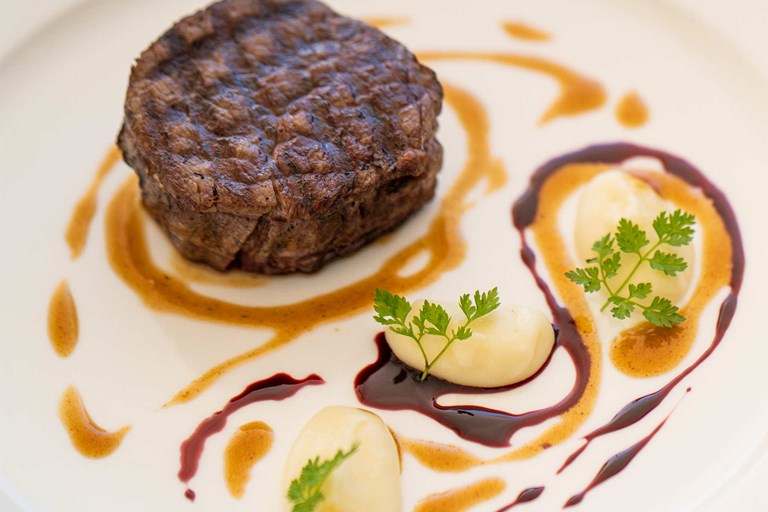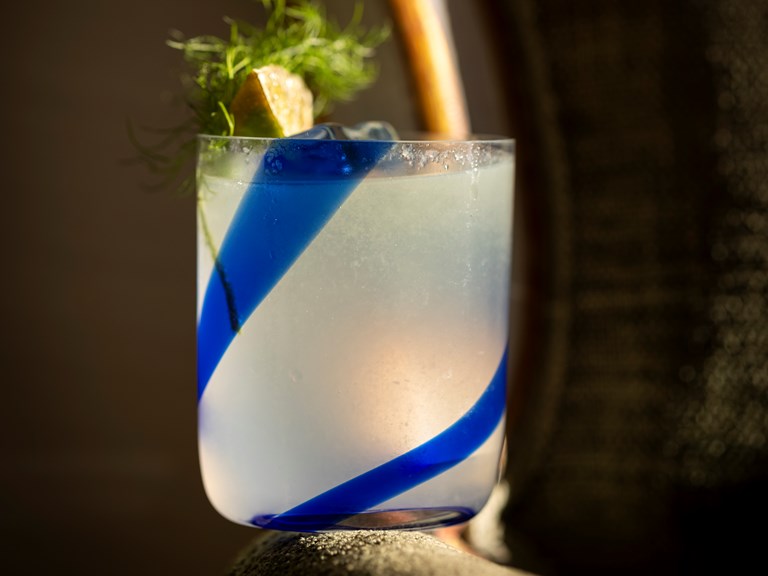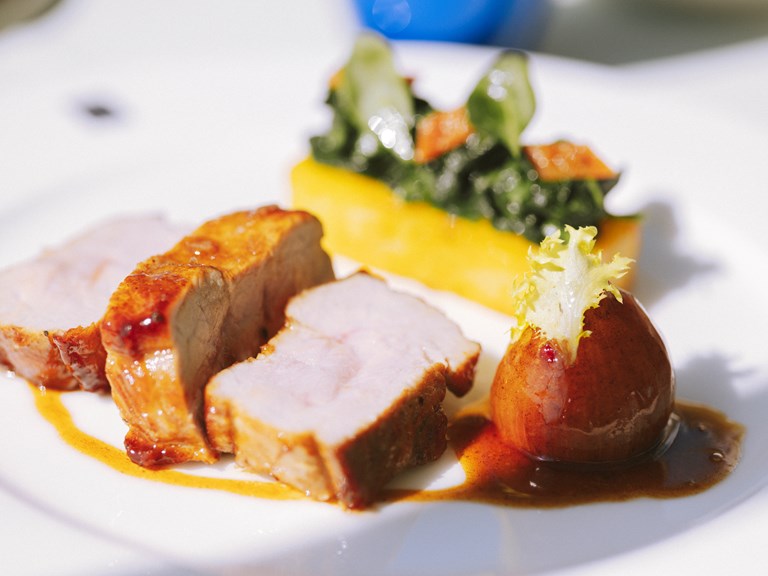RECIPE: BEEF FILLET IN AGLIANICO RED WINE WITH CREAMY MASHED POTATOES
24.02.2023 RECIPES
Aglianico is a dark red-skinned grape found in the parts of southern Italy that were colonized by the Ancient Greeks in pre-Roman times. Sometimes referred to as ‘the Barolo of the South’, it is one of the three great Italian red varieties, though it is still less well-known internationally than the other two – Sangiovese and Nebbiolo. The grape reaches its most exalted results in two DOC wine denominations noted for their volcanic soils: Taurasi, in Campania’s mountainous hinterland, and Aglianico del Vulture, just across the regional border in northern Basilicata. A complex, tannic red, it has extraordinary ageing potential.
INGREDIENTS
serves four
- Four beef fillet tenderloin medallions of around 170g (6oz) each
- Four medium-sized waxy yellow potatoes, around 600g (21oz) in all
- One bottle of Aglianico – either Taurasi or Aglianico del Vulture
- Enough olive oil to cover the medallions in a roasting pan
- 300g (1 ⅓ cups) soft butter, plus a knob of solid butter.
- Four sprigs of rosemary
- Twenty peppercorns
- Good balsamic vinegar
- A few sprigs of chervil
- Salt and pepper to taste
First, make the red wine reduction. Pour the entire 70cl bottle of Aglianico into a saucepan and heat on a moderate heat until it simmers and reaches a rolling boil. Continue until it has reduced and thickened. Classic wine reductions will generally take the liquid back until only a third is left, but for this recipe Gennaro likes to push it even further to obtain a really rich, syrupy sauce. He suggests reducing the wine to around a quarter of the initial volume – around 17.5cl or 6 fl. oz.
Next, turn your attention to the mashed (or more accurately, ‘puréed’) potatoes. Here, Gennaro says, is where you’re going to have to set aside any butter worries, as if you want great, creamy mashed potatoes, only the best butter will do – and lots of it. The Gault Millau guide’s ‘Chef of the Century’, Joël Robuchon, famously came up with the formula of half the weight of butter to potatoes, and that’s Gennaro’s preferred ratio too. Start by boiling or steaming the potatoes in their skins until tender; if you opt for the former method, throw a knob of butter into the cooking water. Remove the skins (doing it after boiling rather than peeling them beforehand means that more of the goodness that lies just below the skins is preserved). Then mash them by hand or using a food mixer, gradually incorporating the butter, which should be soft and creamy but not melted. When all the lumps have gone, transfer to a heavy-bottomed pan, and heat on a low heat, stirring constantly until you have achieved a perfect purée consistency.
Now for the beef fillet medallions. First, turn your oven up to 180°C (356°F). Next, heat some oil in a frying pan and sear the medallions on both sides on a lively heat. Finally, find a roasting pan or steep-sided pan that will take the four medallions comfortably without squashing them together. Pour in enough olive oil to entirely cover the meat, heat it until it reaches 55°C (131°F), then put the medallions inside with a sprig of rosemary on each and a sprinkle of peppercorns, and place in the oven. Cook for twenty minutes. Then remove, drain on absorbent paper, and finish off by cooking briefly on a really hot grill to seal in the flavour (see the photo for the effect you’re aiming for).
Finally, take four plates and get artistic with the wine reduction and balsamic vinegar. Place a medallion on each plate and arrange the potato purée in any way that takes your fancy (you can even serve it separately in small bowls). Garnish the purée with a few sprigs of chervil.
Photo © Roberto Salomone
Le Sirenuse Newsletter
Stay up to date
Sign up to our newsletter for regular updates on Amalfi Coast stories, events, recipes and glorious sunsets


